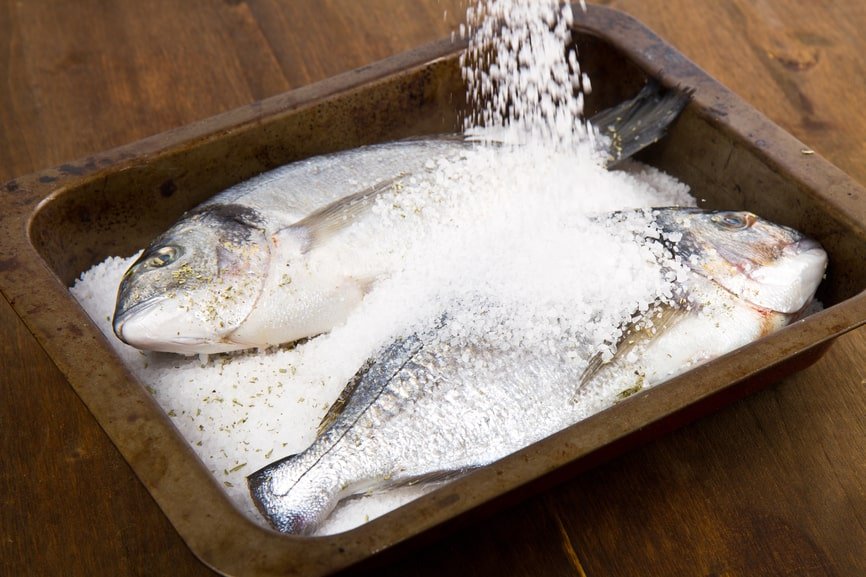Back to: Pre Vocational Studies Primary 6
Welcome to class!
Hello my preserving student! I’m so happy to have you back for another practical and interesting lesson. Today, we’re going to continue learning about “methods of preserving farm produce,” focusing specifically on “smoking and salting.” These are time-tested ways of keeping food from spoiling, often used for meat and fish. It’s like having special techniques to keep food fresh for longer! Let’s begin!
Method of Preserving Farm Produce; smoking and salting
As we learned before, preserving farm produce is crucial to prevent food waste and ensure availability throughout the year. Today, we’ll explore two important methods: smoking and salting.
- Smoking:

- This method involves exposing food to smoke from burning wood. The smoke helps to dry the food, which inhibits the growth of bacteria, mold, and yeast. It also adds a distinctive smoky flavor and aroma to the food.
- How it works: Food is placed in a smokehouse or smoker, where it is exposed to smoke from burning wood chips or logs. The heat from the smoke also helps to cook the food. The type of wood used can affect the flavor of the smoked food.
- Examples: Fish (like smoked fish or “banda”), meat (like smoked chicken or beef), and sometimes even cheese.
- Advantages of smoking:
- It preserves food for a long time.
- It adds a unique smoky flavor and aroma.
- It can also cook the food.
- Disadvantages of smoking:
- It requires special equipment (a smoker or smokehouse).
- It can take a long time.
- If not done properly, it can produce harmful substances.
- Salting (Curing):

- This method involves using salt to preserve food. Salt draws out moisture from the food, creating an environment that is not suitable for most microorganisms to grow.
- How it works: Food is either rubbed with dry salt or soaked in a brine (a mixture of salt and water). The salt draws out the water through a process called osmosis.
- Examples: Meat (like corned beef or salted fish/“kanda”), some vegetables.
- Advantages of salting:
- It’s a relatively simple and inexpensive method.
- It can preserve food for a long time.
- Disadvantages of salting:
- It can make food very salty.
- It can change the texture of the food.
Combining Methods:
Sometimes, smoking and salting are combined for even better preservation and flavor.13 For example, some fish is first salted and then smoked.
Let’s use some examples. Fishermen often smoke fish to preserve it, especially in areas where refrigeration is not readily available. People might salt meat to make it last longer, especially in hot climates.
So, to summarize, smoking and salting are effective methods of preserving farm produce, particularly meat and fish.16 Smoking uses smoke to dry and flavor food, while salting uses salt to draw out moisture.
Evaluation
- How does smoking preserve food?
- How does salting preserve food?
- Can you give an example of a food that is often preserved by smoking?
- Can you give an example of a food that is often preserved by salting?
Excellent! You’re doing a fantastic job! I’m so proud of your learning. Remember, smoking and salting are important traditional methods of food preservation that have been used for centuries. Keep up the amazing work!
